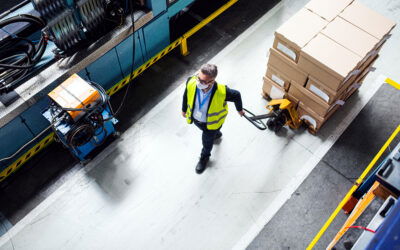Assessing Overall Equipment Effectiveness (OEE) is crucial to modern industrial operations. One of the questions often asked is: “Can OEE be greater than 100%?” This article looks at this question, important for production operations, and explores what an OEE greater than 100% really means. An OEE of 100% is theoretically the maximum, representing perfect availability, performance and quality. However, errors in data collection or calculation can lead to excessively high values.
In industrial practice, an OEE higher than 100% may indicate a measurement problem rather than a miraculous performance. Poor equipment calibration or human error in recording cycle times or losses can bias results. This can adversely affect understanding of actual production line performance, and hence operations management. Ensuring that measurement methods are accurate and consistent is crucial to meaningful analysis.
By using real-time tracking solutions like TeepTrak, industrial managers can obtain reliable, actionable data. For example, in an automotive parts manufacturing plant, TeepTrak could help identify pockets of inefficiency by reducing unplanned downtime through better visibility of operational performance. Digitizing the shop floor with tools like TeepTrak not only ensures the accuracy of OEE measurements, but also facilitates continuous improvement.
To avoid biases that could lead to incorrect OEE values, regular analyses must be carried out. Cross-checking data recorded by sensors with operator reports helps to identify deviations or anomalies. This is crucial to maintaining high standards of quality and performance across all operations. In addition, using the TRS white paper as a resource enables teams to better understand performance metrics.
Optimizing OEE therefore requires a rigorous approach based on accurate data. For industrial decision-makers, it is essential to ensure that measurement tools such as those provided by





0 Comments